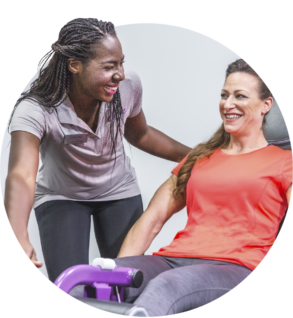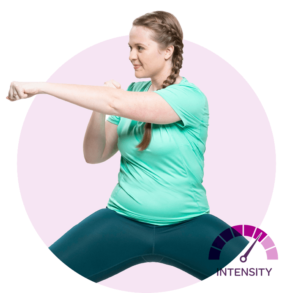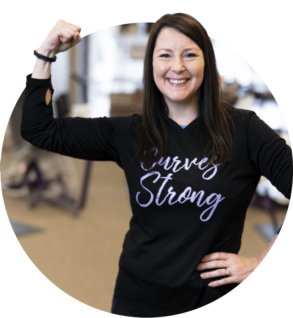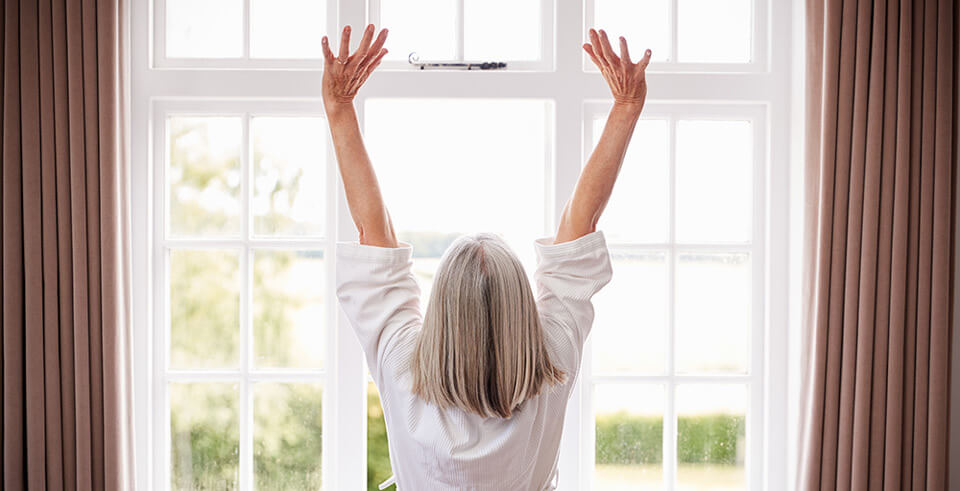10 Tips for Better Sleep
You might think more hours awake mean more calories burned. Quite the contrary. In fact, short sleep duration is associated with weight gain. Women who sleep fewer than five hours a night1 are significantly more likely to become obese than women who sleep the recommended number of hours. The National Sleep Foundation2 suggests getting between 7 and 9 hours of sleep each night. For the sake of your weight, energy for your gym workout, and almost every other element of health, you need to get good sleep.
Adequate sleep3 can help protect your physical health, mental health, quality of life, and safety when you use workout equipment at the gym. Harm from sleep deprivation can be short term, such as a car crash after falling asleep at the wheel, or long term, as it can raise your risk for numerous health conditions. It can also affect your thought processes, performance at work or school, and interactions with people in your daily life.
Unfortunately, for some, sleep isn’t as easy as putting head to pillow at the end of the night. This is especially true as we get older. If you struggle to fall asleep, stay asleep, or to get the hours you need, here’s some advice:
Time your circuit right
A total body workout during the day will help you sleep better at night. As little as 10 minutes of exercise can improve your quality of sleep4. Regular exercise also lowers your risk of sleep-related disorders such as restless leg syndrome and sleep apnea. But if you are sensitive to the stimulating effects of exercise, you’ll need to time your gym routine right. Avoid working out within four hours of bedtime to get the best possible zzzs. If hitting the Curves Circuit later doesn’t bother you, feel free to fit in your workout at the end of the day.
Keep it cool
Ideally, the temperature of your bedroom should be between 60 and 67 degrees Fahrenheit. As you lie in bed, your body temperature drops5 to induce sleep. If you adjust the thermostat in your bedroom to the optimum sleep temp, you can help facilitate this natural process.
Keep your schedule the same
No matter what day of the week, try to commit to the same sleep schedule6 every day. Go to bed and wake up at the same times, and avoid deviating from them by more than an hour or so. This can help your body maintain a rhythm and know what time to wind down. If you’re trying to make big changes, such as switching your bedtime from midnight to 10:00 pm, do so gradually, altering the time by 15 minutes each night until you get to the time you desire.
Feed your sleep right
Both what you eat and when you eat can keep your body from properly7 winding down. Avoid going to bed on an empty stomach or stuffing yourself to the point of feeling too full. Ideally, you should eat your last meal two to three hours before you hit the sack. If you eat closer to bedtime, choose a combination of carbohydrates and protein, such as cheese and crackers, wheat bread with peanut butter, or cereal with milk and a banana.
Cut late day caffeine
According to the National Sleep Foundation8, it takes about six hours for half of the caffeine you consumed to leave your body. When you decide to have your last caffeinated beverage will depend on when you go to bed and your sensitivity to the stimulant. If you find caffeine keeps you up, drink caffeinated beverages no later than noon or consider avoiding them altogether.
Time your last alcoholic beverage, too.
It may make you feel drowsy, but when it comes time for bed, alcohol can keep you up. To minimize these effects9, finish your beer, wine, or last cocktail at least two hours before you go to sleep. Watch the non-alcoholic drinks, too, to avoid midnight trips to the bathroom.
Skip the siesta
A nap10 can be a healthy way to perk yourself up in the middle of the day. However, not all people benefit from an afternoon snooze. Napping may backfire when it comes time to go to sleep for the night. If you can, instead of napping, take a brisk walk or enjoy a cup of green tea to wake yourself up mid-afternoon.
Decompress with (the right) devices
This doesn’t mean a tablet or smart phone. If you have trouble shutting out sleep disrupters around you, try drowning them out. Blackout curtains, ear plugs, eye shades, white noise machines, fans, humidifiers and other devices can all help neutralize your sleep surroundings so you can catch some quality zzzs.
Take a sleep supply survey
The condition of your mattress and pillows can have a significant impact on the quality of your sleep. If they are sagging, uneven, flat, or more than a decade old, consider replacing them with new ones.
Recreate the night
All kinds of light11—from the sun, overhead lights, computers, tablets, TVs, etc.—will keep you awake. As bedtime draws near, dim as many lights as possible. Instead of falling asleep to your favorite show, DVR it so you can watch it in the light of day.
To find out more about how you can informed lifestyle and health choices, visit our blog under the ‘Live’ category! You can also learn more about how the ‘Curves Circuit‘ can benefit your lifestyle here. Not yet a Curves member? Find your local Curves women’s gym and sign up today!








